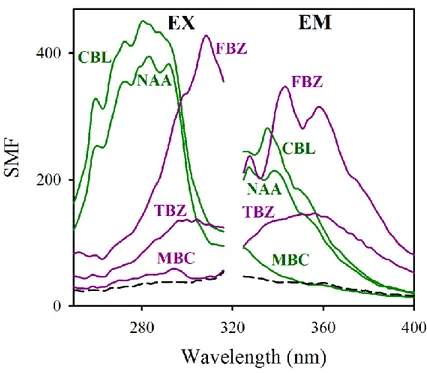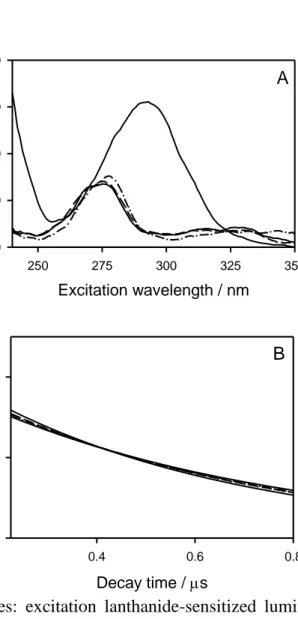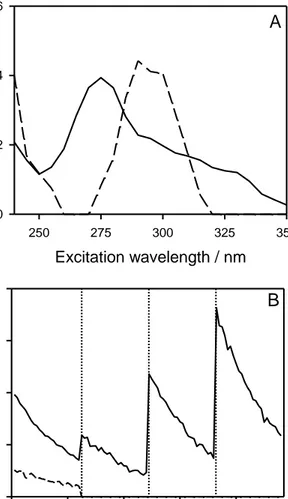Second and higher order data generation and calibration : a tutorial
Texto completo
Figure
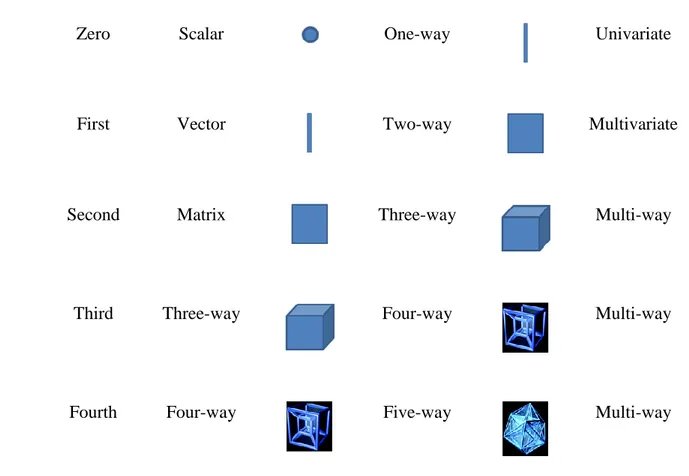
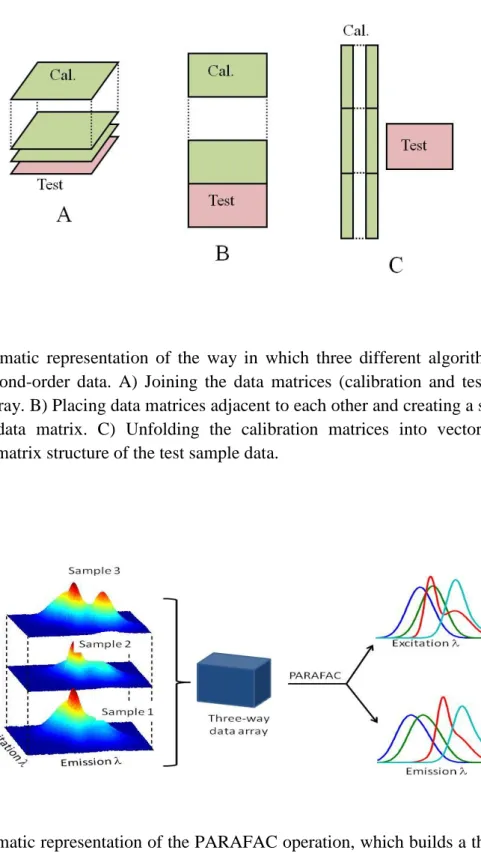

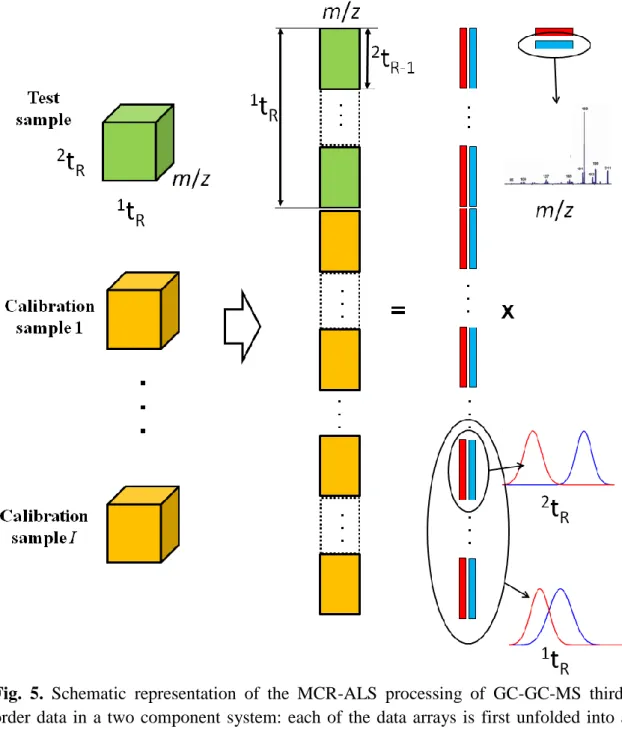
Documento similar
The existence of metamagnetic transitions also reveals the strong competition between F - and E-type orders in this family of double perovskites and how small changes in the
This World Children’s Day, UNICEF is taking stock of the global impact of COVID-19 on children and young people, laying out what we know from the latest available data and
Keywords: first-generation sequencing (FGS); second-generation sequencing (SGS); third-generation sequencing (TGS); high-throughput sequencing (HTS); next-generation sequencing
Google Fusion Tables Visualisation application/service Yes Web application, API JavaScript, Flash Free Browser External server Yes Tableau Public
First, by taking advantage of the modular description of gene networks, we have proposed a simple three component mod- ule as a general platform to test the influence that
Let us note for now that the sum or difference of two K-analytic sets in a compact abelian group G is K-analytic (this follows from the definition, and is detailed in Section 3.4),
We have stud- ied the relation between higher-order Lagrangian systems with constraints (nonholonomics and vakonomics) and higher-order Hamiltonian systems, the reduction by
Known as Generalized quasi-topological gravities (GQGs), such theories repre- sent extensions of GR that are free of instabilities and ghosts at the linear level, and whose equations

